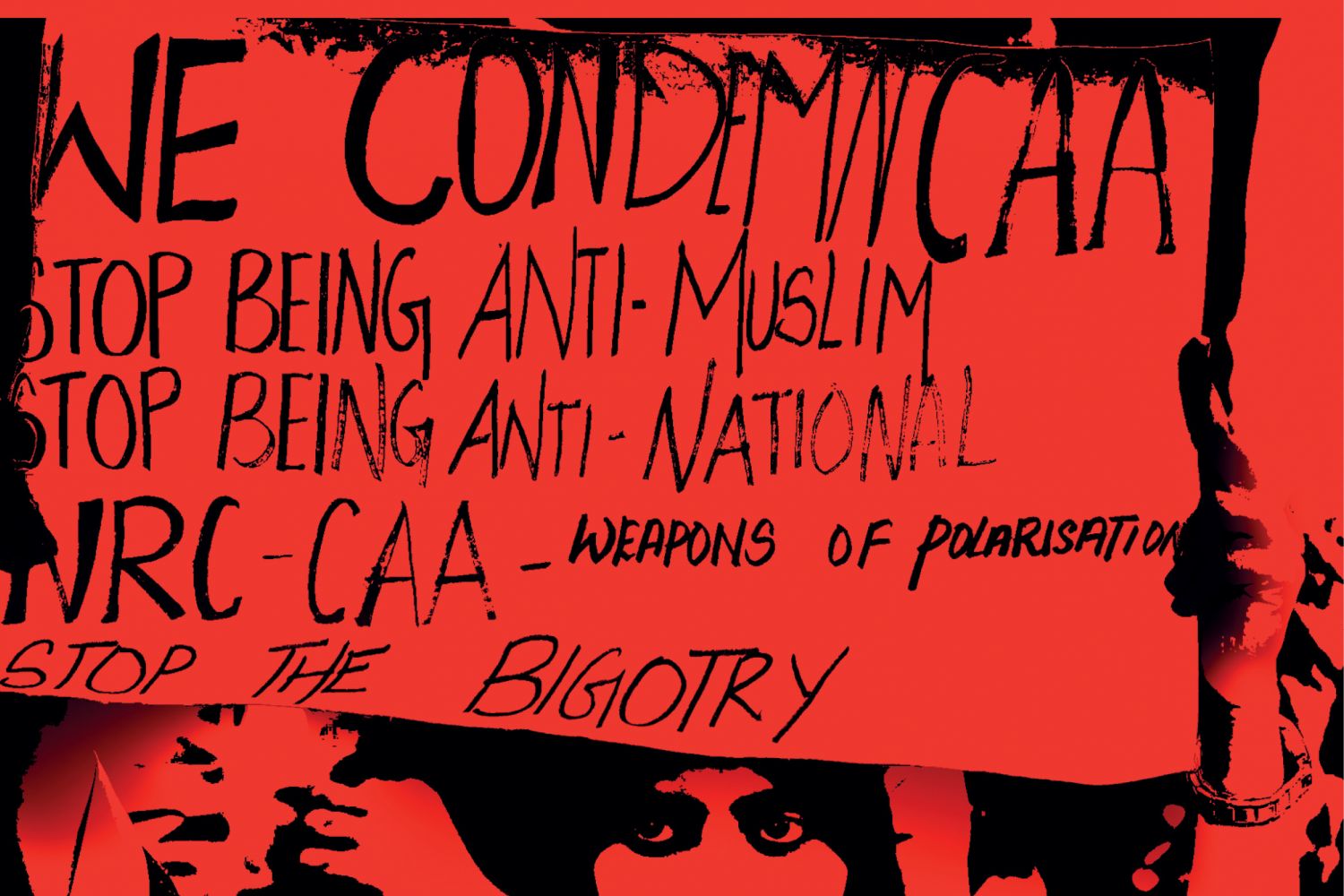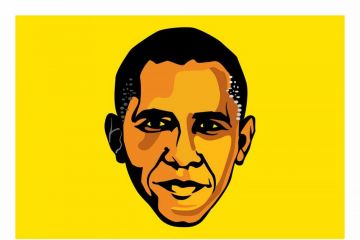
The Indian state’s violent response to the nationwide
protests against the Citizenship Amendment Act is a pointer to the fact that
the country is in the grip of an undeclared emergency. Despite its
discriminatory nature this aggression has fostered an ecosystem that offers
space for apologetic justifications that sanction its moral legitimacy.
Trying to make sense of this law as a charade by the
government to mask the failure of its economic policy or as one more attempt to
polar





